The Bible is regarded not only as a religious text but also as a historical document. Over the years, numerous archaeological discoveries have provided tangible evidence that supports the historical claims made in the Bible, confirming the existence of key figures, locations, and events.
These findings demonstrate that the biblical narratives align with material evidence uncovered through excavation and research.
The following list highlights some of the most significant archaeological discoveries that validate the historical reliability of the Bible, spanning from the ancient kingdoms of Israel and Judah to the Roman period.
1. The Tel Dan Stele (9th century BC) is an Aramaic inscription discovered in northern Israel. It contains the phrase “House of David”, the earliest extra-biblical reference to King David, supporting the biblical claim that he was a real historical figure.
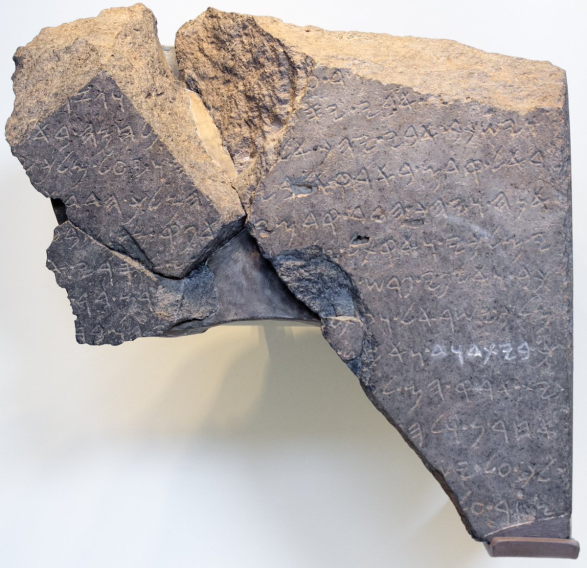
2. The Mesha Stele (Moabite Stone, c. 840 BC) is a stone slab commissioned by King Mesha of Moab, found in modern Jordan. It mentions Israel and possibly the “House of David,” and parallels the account in 2 Kings 3 of the conflict between Israel and Moab.

3. The Dead Sea Scrolls (3rd century BC – 1st century AD) contain over 900 manuscripts discovered near Qumran, including fragments of nearly every book of the Hebrew Bible, demonstrating the transmission accuracy of the Old Testament.

4. Hezekiah’s Tunnel (c. 701 BC) is a water tunnel built by King Hezekiah to secure Jerusalem’s water supply during the Assyrian siege (see 2 Kings 20:20, 2 Chronicles 32:30). The tunnel and its inscription confirm the biblical account of Hezekiah’s preparations.
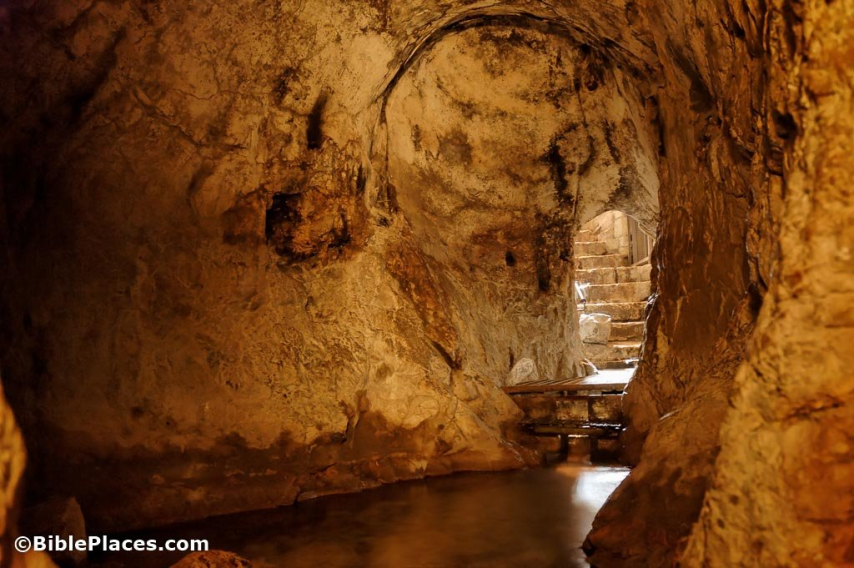
5. The Pool of Siloam (1st century BC) is a pool in Jerusalem where Jesus healed a blind man (John 9). Rediscovered in 2004, this pool confirms the New Testament’s topography of Jerusalem.

6. The Caiaphas Ossuary (1st century AD) is a bone box inscribed with the name “Joseph son of Caiaphas,” likely the high priest who presided over Jesus’ trial (Matthew 26:57), confirming the historical existence of Caiaphas and elite Jewish burial customs.
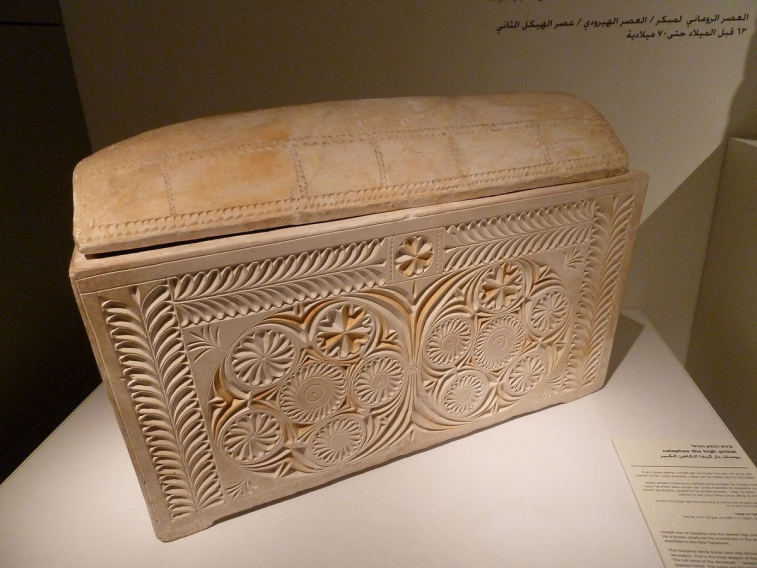
7. The Pontius Pilate Inscription (1st century AD) is a limestone block found in Caesarea Maritima bearing the name Pontius Pilate, calling him “Prefect of Judea.” It confirms the existence and title of the Roman governor who condemned Jesus (see Luke 3:1, Mark 15:1–15).

8. The House of Peter (1st century AD) is a house in Capernaum beneath an octagonal church, likely the home of the apostle Peter (Mark 1:29). Early Christian inscriptions and its prominent location point t

9. The Babylonian Chronicles (6th century BC) are Babylonian records that describe Nebuchadnezzar’s campaign against Jerusalem. The records match the biblical account of Jerusalem’s siege and the exile of Jehoiachin (see 2 Kings 24).
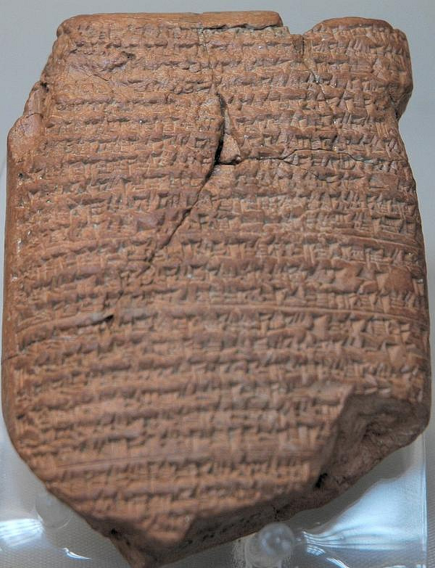
10. The Lachish Reliefs (c. 701 BC) are wall carvings from King Sennacherib’s palace in Nineveh, showing his siege of Lachish. They confirm 2 Kings 18–19 and Isaiah 36, which describe the Assyrian assault on Judah and the sparing of Jerusalem.
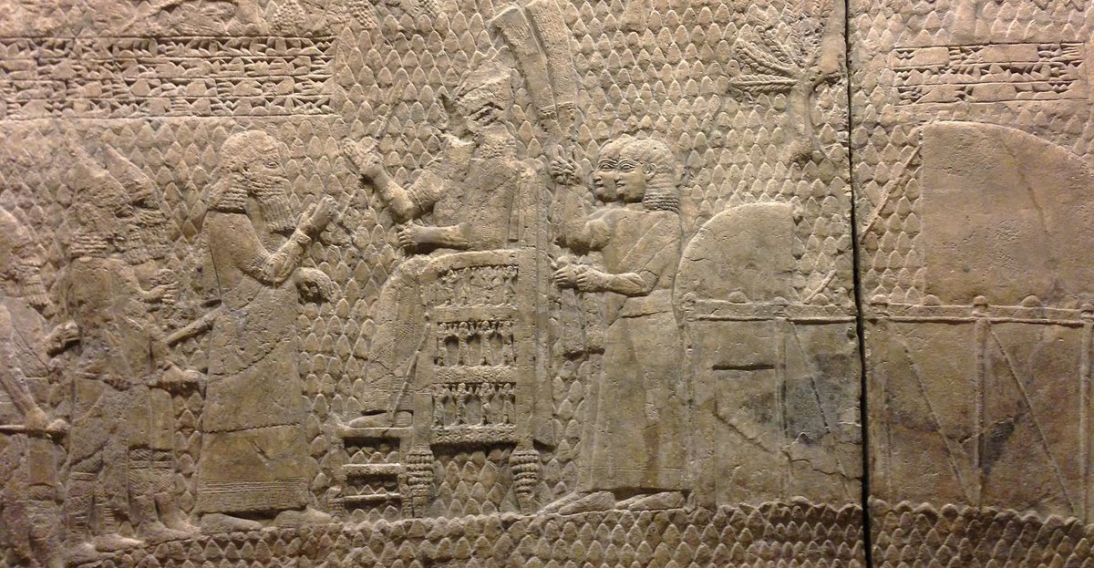
11. Ebla Tablets (c. 2300 BC) are clay tablets from the ancient city of Ebla (modern Syria), containing a vast archive of administrative and literary texts. They mention names like Sodom, Gomorrah, and Ur, suggesting that cities named in Genesis were known centuries before Moses.

12. The Nuzi Tablets (c. 1500 BC) are thousands of tablets from Mesopotamia describing legal and social customs. They reflect practices mentioned in Genesis—such as surrogate motherhood and inheritance laws—supporting the cultural context of the patriarchs.
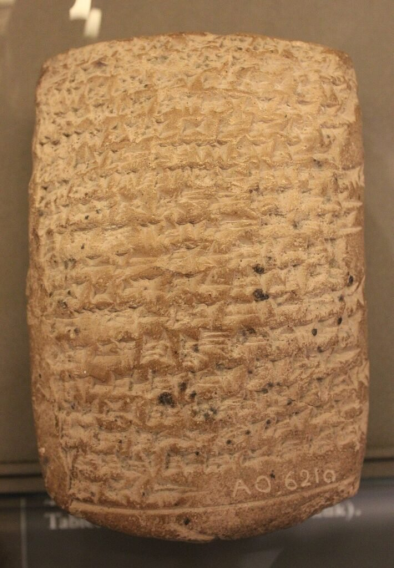
13. The Hittite Archives at Hattusa (c. 1600–1200 BC) are texts and records from the Hittite Empire’s capital in modern Turkey. They confirm the historical existence of the Hittites, once thought mythical until their rediscovery in the early 20th century (Genesis 23:10).

14. The Black Obelisk of Shalmaneser III (c. 841 BC) is an Assyrian monument showing King Jehu of Israel bowing before Shalmaneser III. It provides the only known image of an Israelite king and confirms Jehu as a historical figure (2 Kings 9–10).

15. The Silver Scrolls (Ketef Hinnom, 7th century BC) are two silver amulets inscribed with the Priestly Blessing (Numbers 6:24–26). They are the oldest known biblical text, predating the Dead Sea Scrolls, showing early use of Scripture in devotion.
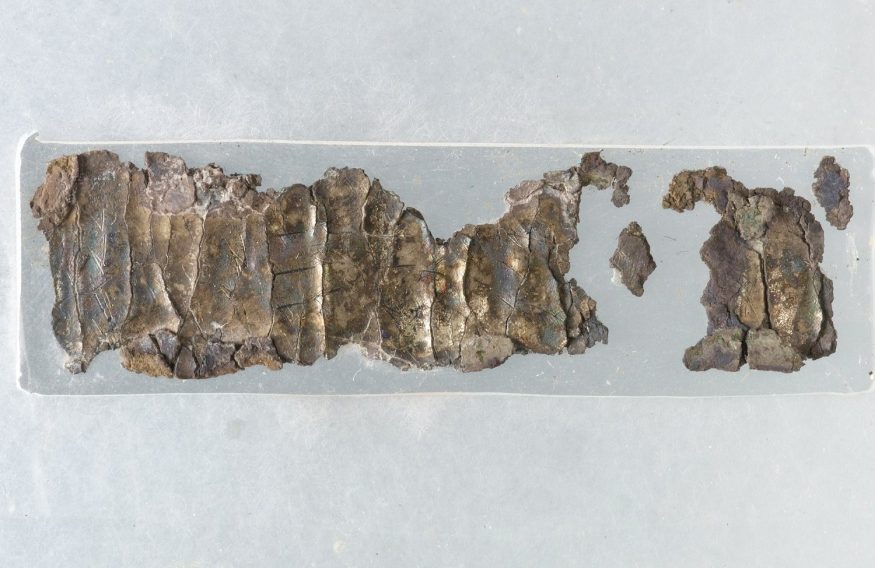
16. The Moabite Fortress at Dibon, mentioned in the Mesha Stele and Numbers 21:30, confirms Moabite fortifications and their conflict with Israel, consistent with biblical warfare accounts.
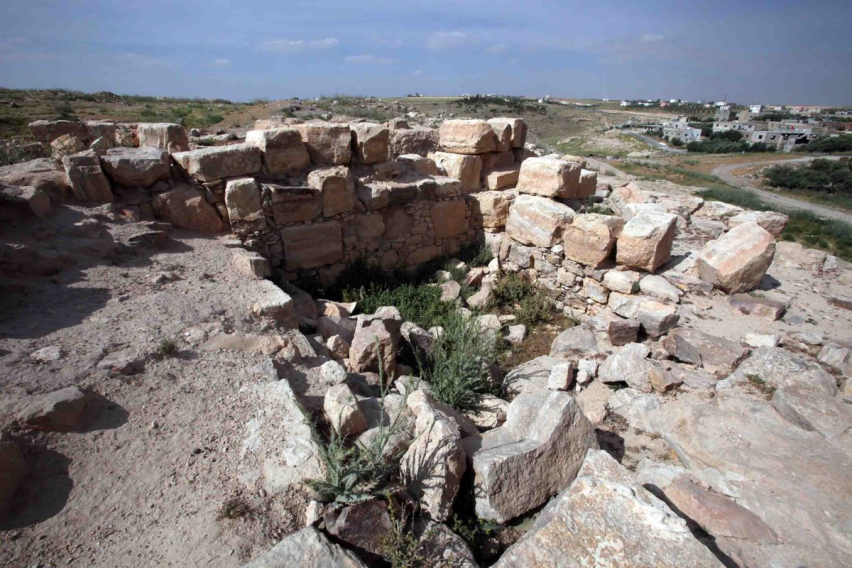
17. The Burnt House (70 AD) is a home in Jerusalem destroyed by the Romans, complete with scorched remains and artifacts. It is a vivid reminder of the Roman destruction of Jerusalem, described by Jesus in Luke 21:6 and by Josephus.
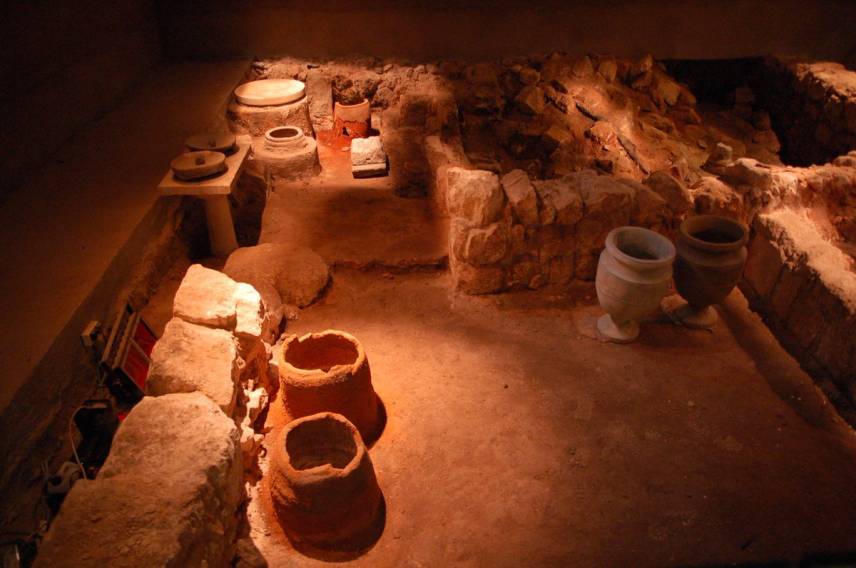
18. The Seal of Baruch (late 7th century BC) is a clay bulla (seal impression) bearing the name “Baruch son of Neriah,” Jeremiah’s scribe (Jeremiah 36:4).
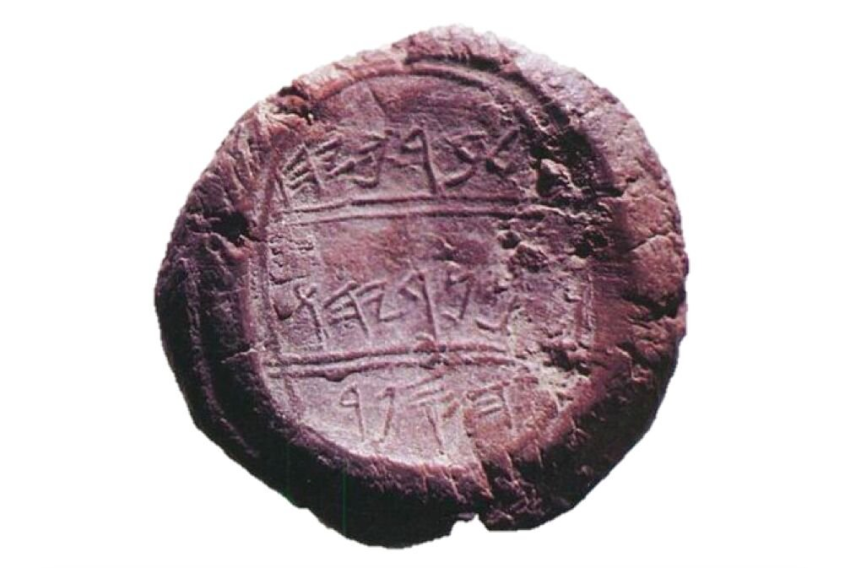
19. Jericho’s Collapsed Walls (Late Bronze Age) are excavations showing city walls that fell outward, unusual for siege warfare. The finding matches the account in Joshua 6, where Jericho’s walls fell after Israelite encirclement and trumpet blasts.

20. The Tomb of Herod the Great (1st century BC) was discovered at Herodium, southeast of Bethlehem, confirming the grandiose building projects of Herod the Great, mentioned in Matthew 2 and Josephus.

21. The Prism of Sennacherib (c. 690 BC) is a six-sided clay prism inscribed with the annals of King Sennacherib of Assyria, detailing his military campaigns — including his invasion of Judah during the reign of King Hezekiah (2 Kings 18-19; 2 Chr. 32; Isa. 36-37).
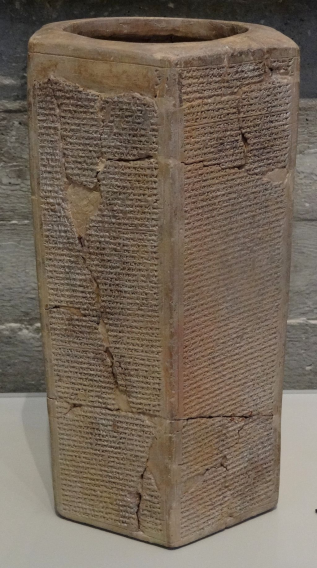
22. The Samaria Ostraca (8th century BC) are pottery shards with Hebrew inscriptions found in the ruins of Samaria, the capital of the northern kingdom of Israel. These tax records from the time of Jeroboam II (2 Kings 14:23) reference Israelite names and places found in the Bible, confirming administrative activity in the biblical kingdom.
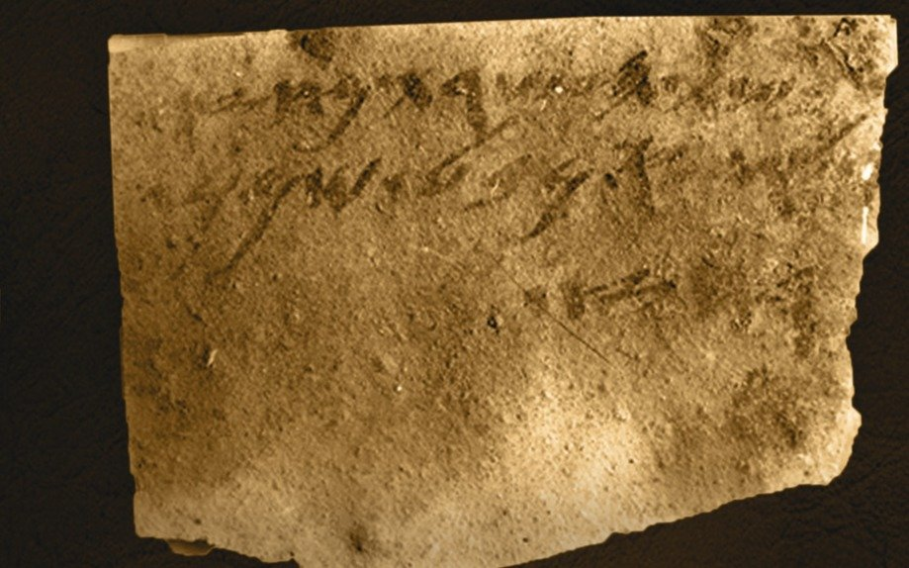
23. The Seal of King Hezekiah (8th century BC) is a clay seal (bulla) reading: “Belonging to Hezekiah [son of] Ahaz king of Judah,” discovered near the Temple Mount (2 Kings 18).

24. The Lachish Letters (c. 586 BC) are correspondence written on pottery just before the Babylonian conquest, found in the city of Lachish. The letters mention the fall of surrounding towns and fear of the Babylonians, echoing the siege described in Jeremiah 34:7.
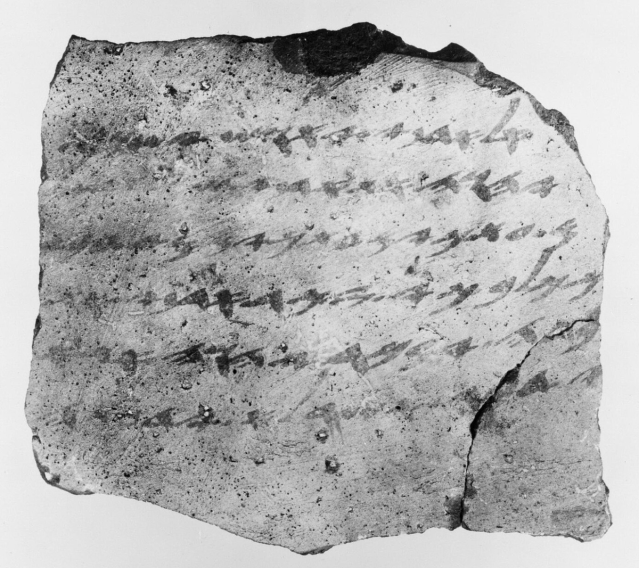
25. The Cyrus Cylinder (539 BC) is a clay cylinder inscribed with a declaration by Persian King Cyrus the Great. It references his conquest of Babylon and his decree allowing exiled peoples, including the Israelites, to return to their homelands (Ezra 1:1–4).
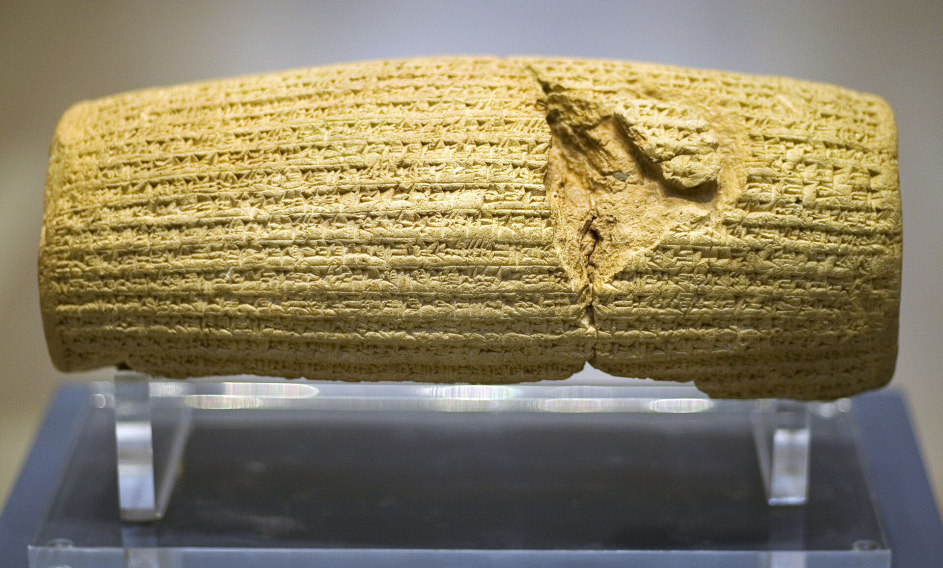
26. The Tel El-Amarna Letters (14th century BC) are a collection of diplomatic correspondence between the Pharaohs of Egypt and the rulers of Canaan. Several letters reference the Israelites and their activities in Canaan, supporting the historical context of the Exodus and settlement.

27. The Galilean Synagogue at Magdala (1st century AD) is an archaeological site near the Sea of Galilee, believed to be the location where Jesus preached. The discovery of a synagogue matching the biblical description adds to the historical authenticity of the Gospel accounts.

28. The Pool of Bethesda (1st century AD), discovered in Jerusalem, is a pool mentioned in John 5:1–15, where Jesus healed a man who had been paralyzed for 38 years. The excavation supports the New Testament’s topographical accuracy.

29. The Tell es-Safi/Gath Excavation (Philistine city, c. 10th century BC) is the site of the biblical city of Gath, home to Goliath (1 Samuel 17). Discoveries here, including large fortifications and evidence of Philistine culture, support the biblical account of the Philistines’ role in Israel’s history.
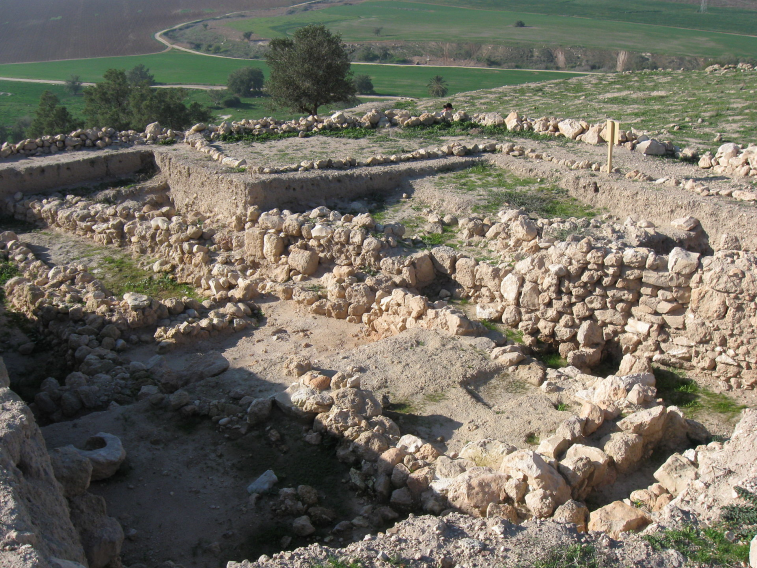
30. The Bulla of Gedaliah (6th century BC), a clay seal bearing the name of Gedaliah, the governor of Judah after the fall of Jerusalem to the Babylonians, confirms a historical figure mentioned in Jeremiah 40–41 and corroborates the events of the Babylonian conquest.

This list is by no means exhaustive, but we hope it has whetted your appetite to explore further.



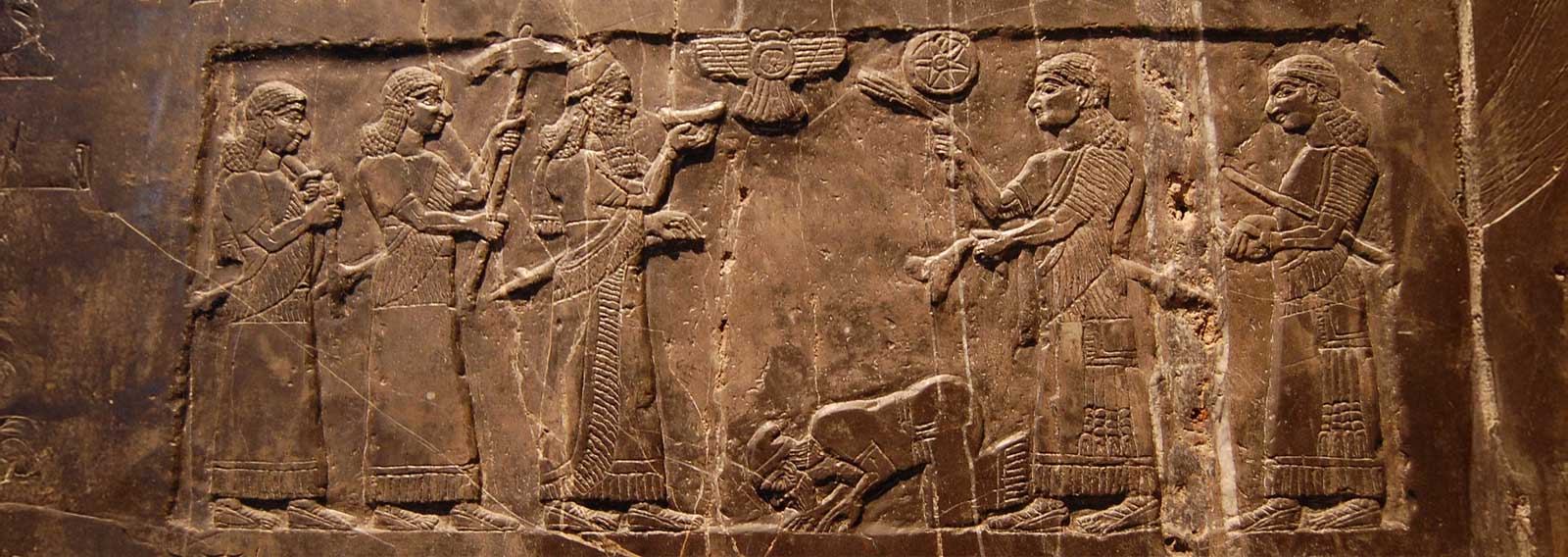







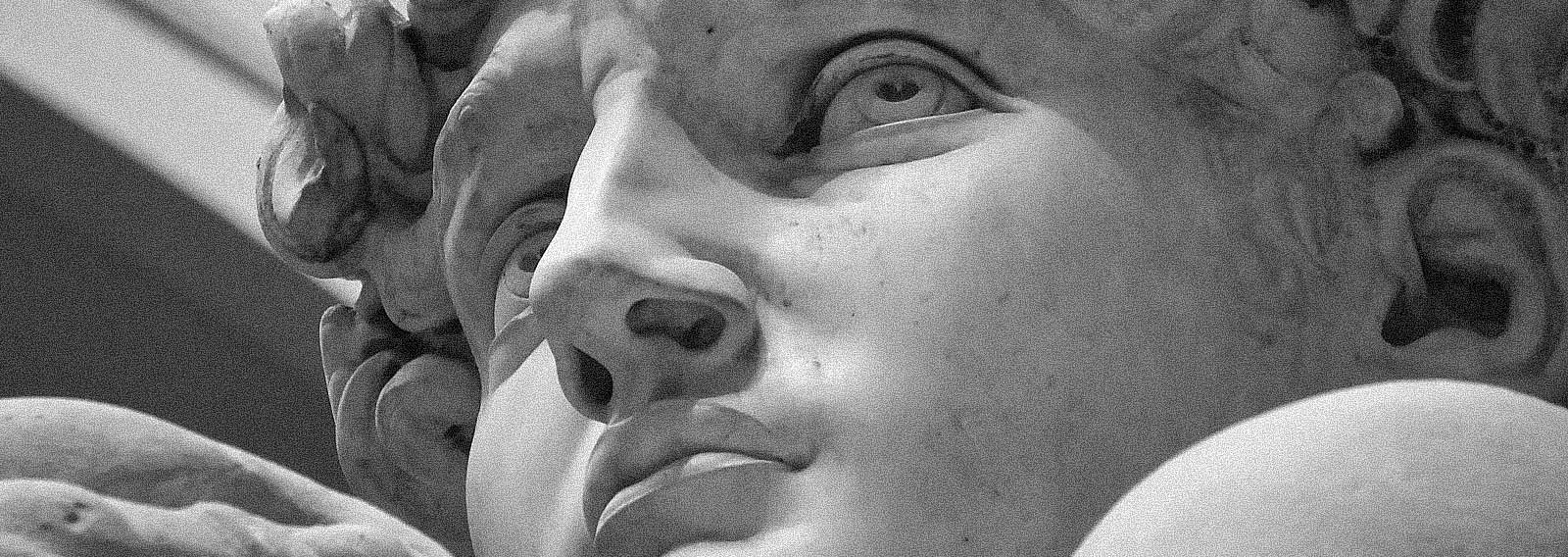












You must be logged in to post a comment.